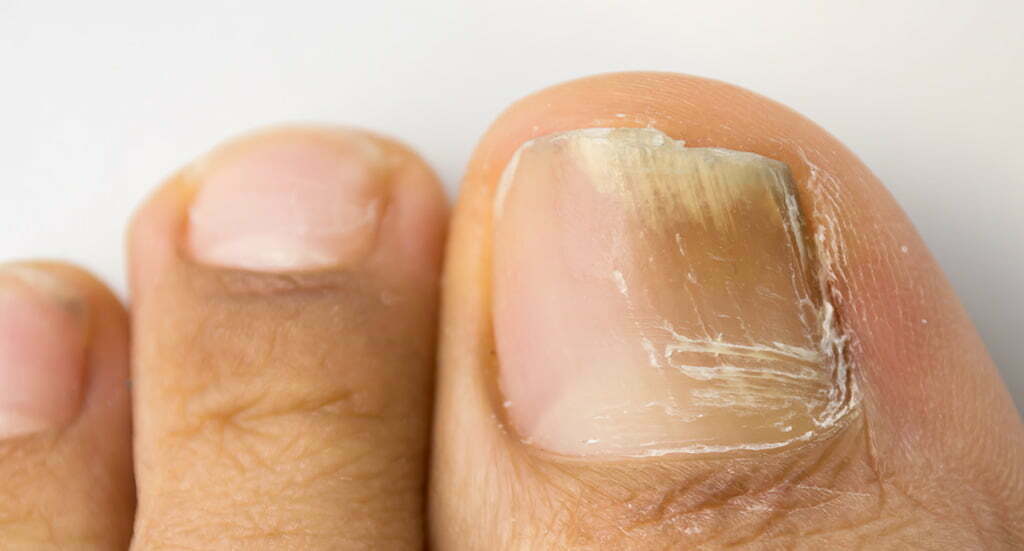It’s common to seek over-the-counter ways of treating fungal nails, or oral medication prescribed by your doctor but laser treatments are an alternative option.
A Laser beam will destroy the spores responsible for the fungal infection. You will likely need a minimum of 3 sessions but number of sessions will vary depending on the severity of the infection.
Results will become apparent as the new nail grows, which should be clear of infection.


